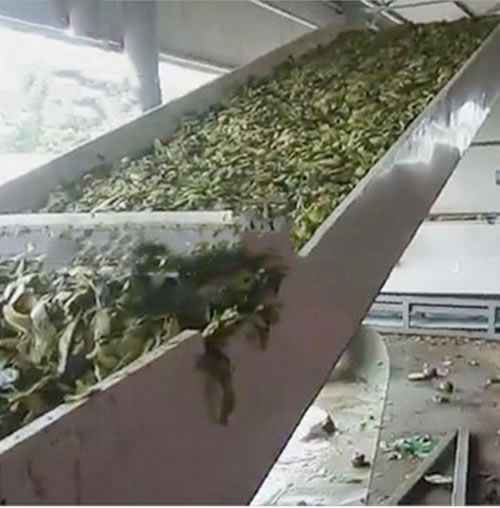






In recent years, the landscape of food preservation and processing has undergone a significant transformation, particularly within the realm of traditional Vietnamese cuisine. Among the most notable changes is the introduction of cutting-edge drying technologies that are revolutionizing the way we approach one of Vietnam's most iconic dishes—pho. This article delves into how these innovative techniques are redefining the drying process for pho noodles, enhancing both their nutritional value and consumer appeal.
The Art of Drying: Preserving Flavor and Texture
Drying pho noodles is an age-old practice integral to maintaining the dish's distinct flavor profile and extending its shelf life. Traditionally, this involved air-drying the noodles outdoors under specific conditions that ensured they remained pliable and retained their characteristic taste. However, advancements in technology have led to the development of controlled environment chambers and dehydration machines that can replicate these conditions more precisely, offering greater flexibility in production processes.
Innovation Meets Tradition: Enhancing Nutritional Quality
One of the key benefits of modern drying methods is the ability to preserve or even enhance the nutritional content of pho noodles. Through the use of low-temperature vacuum drying, for instance, producers can remove moisture from the noodles without damaging heat-sensitive vitamins and minerals. As a result, consumers enjoy not only the classic flavors but also the added health benefits of a nutrient-rich product.
Customization and Consumer Demand: Tailoring to Market Trends

Another significant impact of these new drying techniques is their capacity to cater to the increasing demand for customized and specialized food products. By adjusting parameters such as temperature, humidity, and drying time, manufacturers can produce pho noodles with varying degrees of hardness or softness to suit diverse culinary needs and preferences. This adaptability has been instrumental in expanding the market reach of pho beyond its traditional boundaries.
Sustainability and Efficiency: A Greener Approach to Production
Energy efficiency and environmental sustainability are other critical aspects where modern drying technologies excel. Compared to traditional drying methods, which often relied on extensive outdoor space and variable weather conditions, contemporary drying facilities consume less energy and reduce water usage by recycling wastewater. Moreover, these systems can be integrated with solar power or other renewable energy sources, further minimizing the carbon footprint of pho production.
Conclusion
As we look towards the future of food processing and preservation, it is clear that innovations in drying technology will continue to play a pivotal role. For Vietnam's beloved pho, these advances have not only preserved its cultural significance but also opened up new avenues for growth and international recognition. The combination of tradition and innovation in pho drying practices represents a model of success in adapting traditional cuisine to meet modern challenges and consumer expectations.